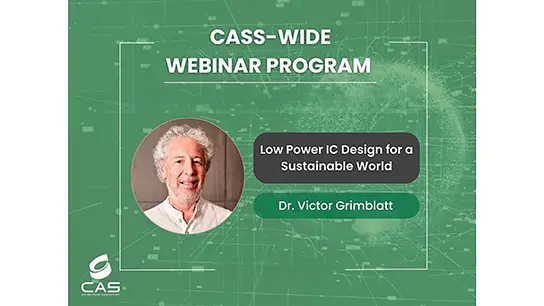-
Members: $10.00PES
IEEE Members: $20.00
Non-members: $40.00Length: 01:04:24
Panel Session
26 Oct 2020
A global sustainable energy system can be realised with predominantly solar and wind as energy source, converted into electricity via solar panels and wind turbines. Where possible, useful and cost effective, the electricity produced is directly used. However, lowest cost solar and wind electricity can be produced far away from the demand, requiring conversion to hydrogen by electrolysis for cheap transport and storage. The lower electricity production cost and cheaper transport and storage cost will compensate for extra energy conversion losses and costs. The hydrogen can be transported in large quantities worldwide by ship or by pipelines and stored in the underground in salt caverns. Volumes and capacities for hydrogen transport and storage are orders of magnitude larger than for electricity. Today, the conversion process to convert hydrogen in heat, electricity or mechanical power is via combustion. However, in future electrochemical conversion via fuel cells will become more important. Fuel cells for mobility, in buildings for power and heat, and for electricity balancing. In the end electrochemical conversion using electrolysers and fuel cells together with heat pump technology will fully replace combustion technologies. A smart integration of electricity and hydrogen systems using electrochemical conversion and heat pump technology can deliver energy demand in all sectors, clean, reliable and affordable. Electricity and hydrogen will be the carbon-free symbiotic energy carriers and smart grids needs to integrate both.
Chairs:
Zofia Lukszo, Peter Palensky


